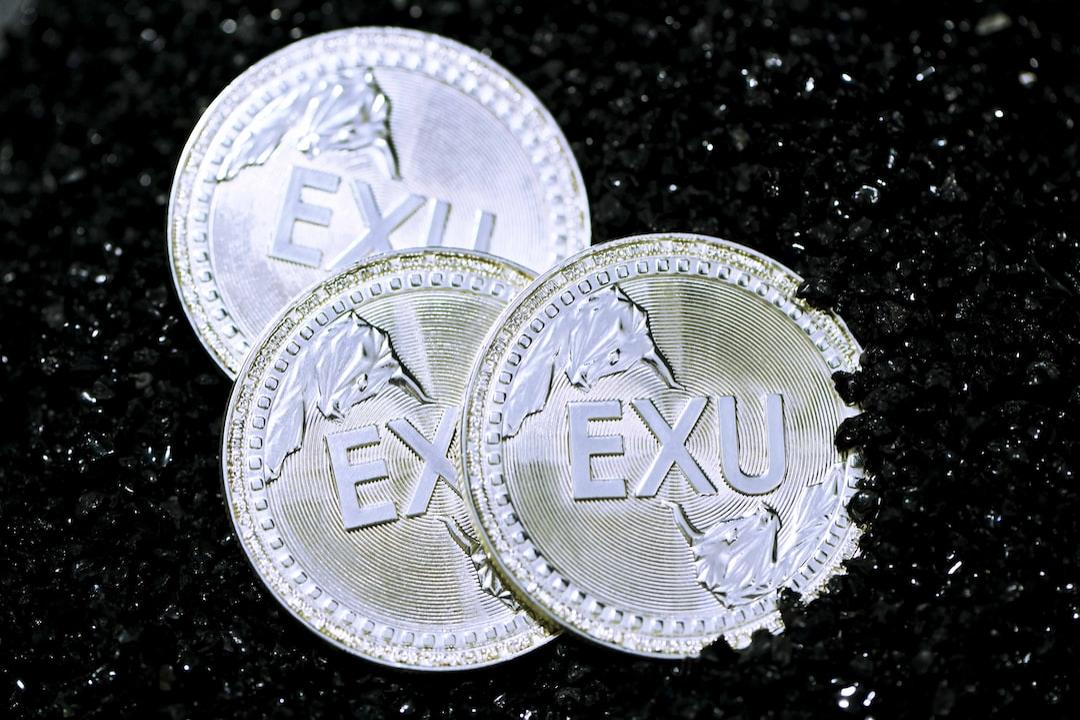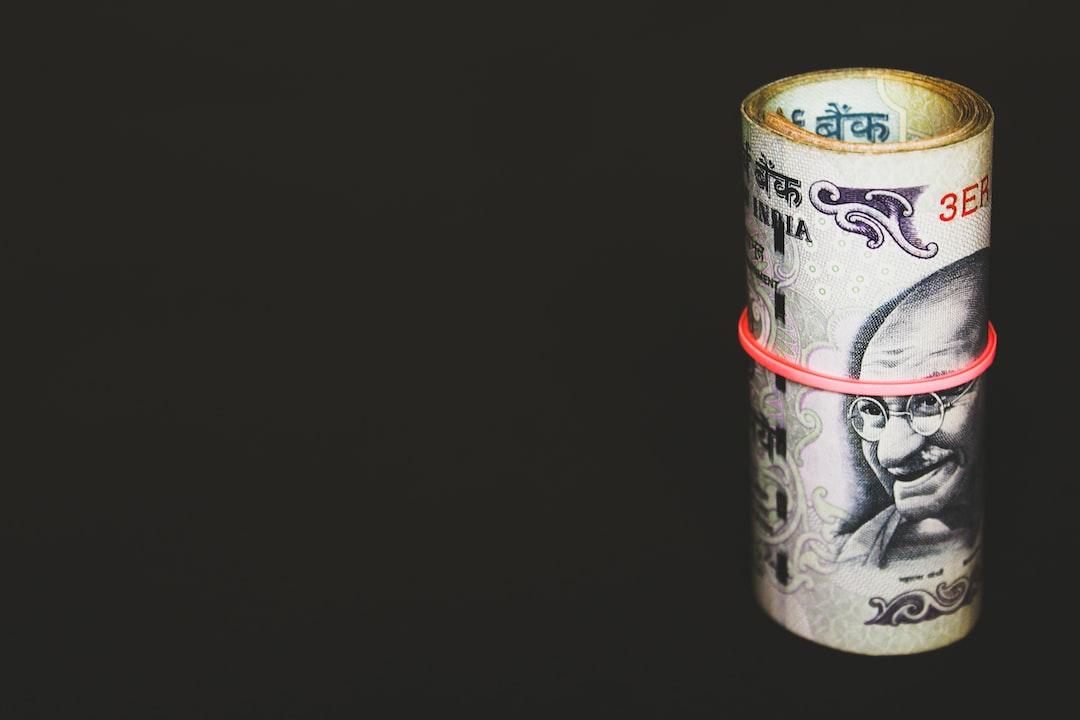This article is the 10th in the On-Chain Data Academy series, with a total of 10 articles. It will guide you step by step in understanding on-chain data analysis. Interested readers are welcome to follow this series.
(Previous summary: On-Chain Data Academy (9): Market Barometer RUPL (I) – Data Introduction and Bottom-Hunting Applications)
(Background supplement: On-Chain Data Academy (1): Do you know what the average cost of BTC in the entire market is?)
TLDR
The RUPL series will be divided into 2 articles, and this is the second article.
This article will share how to analyze market tops by simultaneously observing the trends of RUP and price.
Continuing from the previous section, this article will analyze each historical cycle top using the aforementioned method.
From the perspective of RUP, I will share the market stage as of the time of writing this article.
RUPL Simple Review
RUPL stands for Relative Unrealized Profit and Loss, which can be broken down into RUP and RUL, representing relative unrealized profit and relative unrealized loss, respectively.
The primary use of this data is to indicate the current overall profit and loss status of the market.
For a detailed explanation of the RUPL indicator, please refer to the previous article.
RUP’s Escape Top Application
In this article, I will share a powerful use of RUPL in escaping tops, where we only need to use RUP.
“When the trend of RUP diverges from the trend of BTC price, it highly likely indicates the emergence of a top.”
When the BTC price reaches a higher high, but RUP makes a lower high, the divergence is established.
The logic behind this is that, theoretically, when the price achieves a higher high, RUP should also follow suit.
However, if the aforementioned divergence occurs (higher price, lower profit status in the market), the only possibility is that “holders of a large amount of low-cost tokens have started selling their tokens and distributing them.”
Because among unrealized profits, the largest share must be low-cost tokens. Once they exit first, even if the price later creates a new high, since they have already left the market (a large amount of unrealized profit is converted to realized profit), it is very likely that RUP will fail to reach a new high alongside the price!
Nevertheless, it must be reminded that for the analysis and judgment of market stages, a more accurate approach should combine other on-chain indicators for observation, thus maximizing the avoidance of falling into the trap of measuring a sea with a leaky cup.
Detailed Analysis of Historical Cycle Tops
After understanding the logic of RUP divergence, if we do not verify it on the market, it will all be just empty talk.
Therefore, in this section, I will take this logic and review the historical major tops of BTC with the readers.
The Bull Market Top of 2013

As shown in the above figure, the green line represents RUP, and the black line represents BTC price.
At the time of the top, there was a “three-stage divergence” between price and RUP.
After the price created two consecutive higher highs, RUP consecutively formed lower highs, fully meeting the RUP divergence conditions described earlier.
The Bull Market Top of 2017

As shown in the figure, in the 2017 top, there was also an RUP divergence signal.
In this top, RUP diverged after the price reached the highest price at that time; subsequently, during the price struggle and rebound, a second RUP divergence occurred, providing ample escape opportunities.
The Two Tops of 2021

As illustrated, we all know that 2021 saw a rather unique “double top structure.” Here, I will analyze both tops separately.
First is the first top, which is similar to 2013, where a “three-stage divergence” occurred; then for the second top, similarly, there was another RUP divergence during the top period.
Thus far, all three historical cycle tops that have occurred have inevitably fallen prey to RUP divergence!
Of course, this does not mean that every time a top occurs, RUP divergence will necessarily appear, but according to current data, every instance has been the same.
So, what about this cycle…?
Analysis of the Top in 2025
Without further ado, let’s go directly to the chart:

(This chart reflects the data at the time of writing, which was January 7, 2025)
At the time of writing this article, the price had already shown the first RUP divergence signal of this cycle, which is a warning that cannot be ignored.
Then, on January 20, 2025, RUP once again showed a three-stage divergence similar to those in 2013 and the first top of 2021, with that day’s BTC closing price around 106,000.
I also posted a message on X that day, reminding everyone that the market had shown the risk of a top.
Is the top currently confirmed? I cannot say, but I have indeed cleared out my BTC at an average price of 103k.
The top is a process, and whether my judgment is correct still needs to be proven over time. Let’s see.
Conclusion
This concludes the entire content of On-Chain Data Academy (10). Interested readers who want to learn more about on-chain data analysis must remember to follow this series of articles!
If you would like to see more analyses and teaching content regarding on-chain data, feel free to follow my Twitter (X) account!
I hope this article has been helpful to you. Thank you for reading.

